Leadership for the Greater Good:
Global Thought Leaders Explore Today's Challenges
ILA’s blog launched in March 2020 amid a world struggling to make sense of the pandemic, racial inequality, and challenges to democracy. We charge our bloggers to apply their leadership knowledge and practical wisdom to inform and inspire us as we continued our work of advancing leadership knowledge and practice for a better world. Bloggers include authors from 12 countries spanning 5 continents.

If you find these reflections to be of value in your work and life, please consider becoming part of ILA’s leadership community. Join Today!
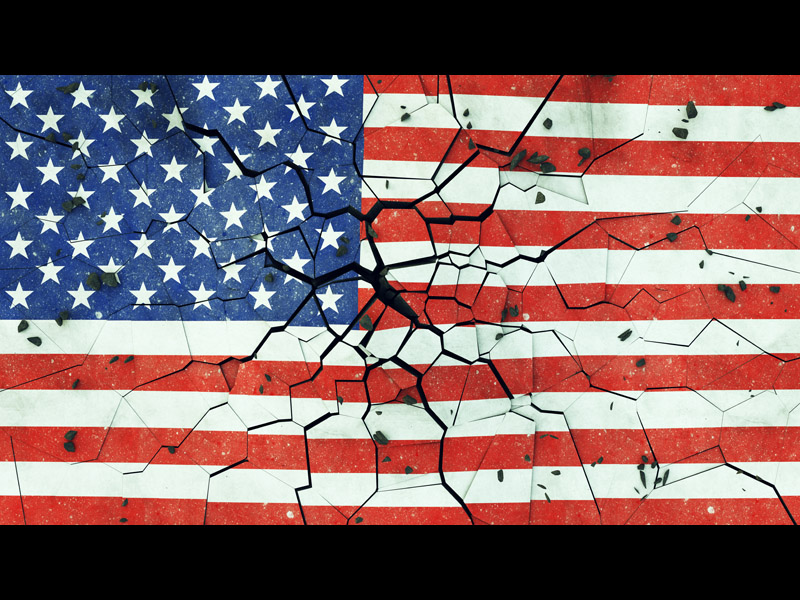
Democracy Is Being Undermined by Stealth: Reflections on the Demagogue and the Failed Washington Putsch
Democracy expert Matt Qvortrup provides insightful analysis into recent events: “What we saw in Washington, D.C. on the 6th of January was a Putsch egged on by a Demagogue. That is not opinion. It is not hyperbole. It is a strict fact.”

Permission to Riot: Leadership and the Role of ‘les Enfants Perdus’
Keith Grint places the events of 6 January in the USA within the historical framework of les enfants perdus. With democracy at stake, can U.S. Republicans become the “heroes of retreat”?
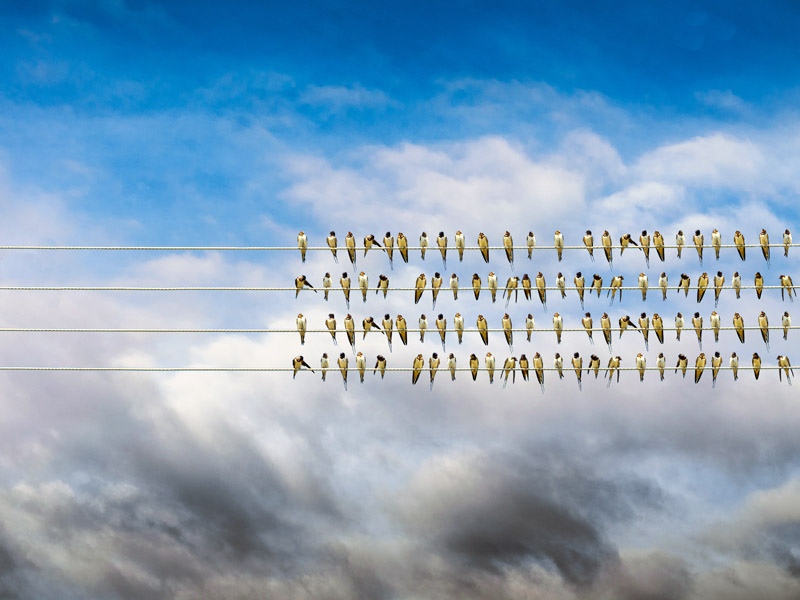
Followership: The Good, the Bad, and the Ugly
The past 12 months have vividly demonstrated the crucial role followership plays in our communal life. Ira Chaleff explores the best and the worst of the past year.

The Future of Business Education
What is the coronavirus pandemic’s impact on management schools? What does the future hold for business school infrastructure?

Individual Freedom and the Common Good
The assumption that we must choose between Individual Freedom “Or” the Common Good feeds our polarization. These two powerful values are both essential. How can we come together over these values, so that we can work together to limit the damage of COVID-19?
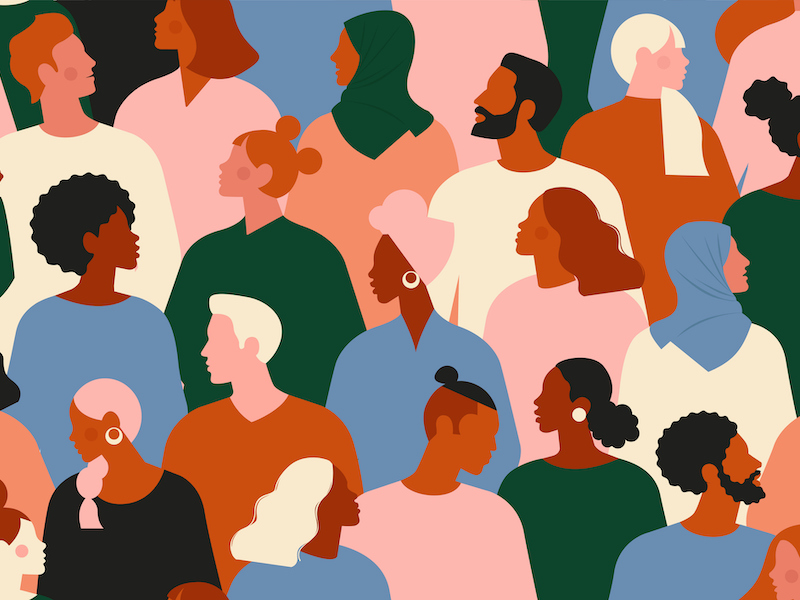
Repairing the Breach Through Public Kinship
Public Kinship is the willingness to publicly assume responsibility and to act out the phrase “love thy neighbor as thyself.” It is an acknowledgement that we are a family and we act accordingly. How can we develop a framework to make these values real and applicable to all?

Practice Gratitude for Your Team – and Develop a Culture of Appreciation in Your Workplace
It’s OK to recognize that we’re living in challenging circumstance, but you have the power to lift the clouds in your workplace by infusing a tone of gratitude into your company culture. In this latest blog, Peter Weng shares tips and strategies for individuals and leaders.
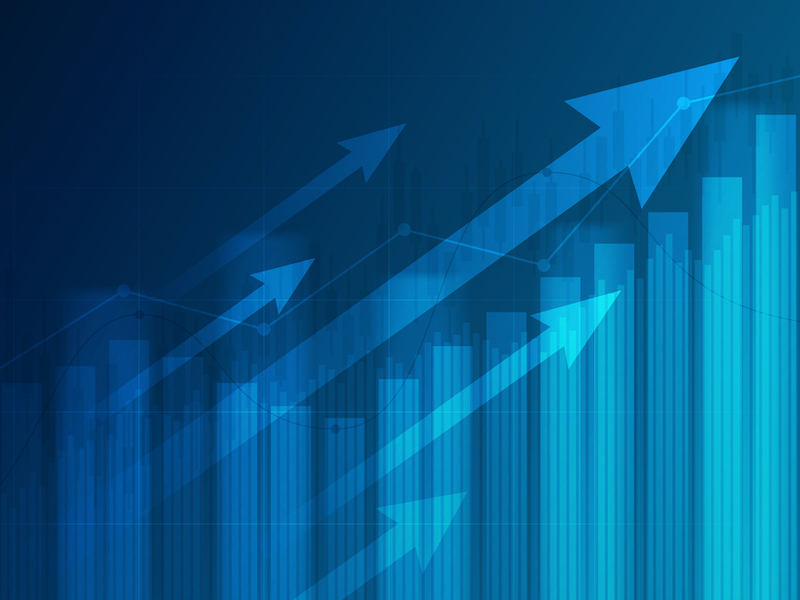
Leaders Who Lust in Our Midst
The leadership industry — leadership centers and institutes, leadership programs and courses, leadership teachers and trainers — sells moderation. In fact, sometimes leadership, including leadership that is exceptionally effective, is quite the opposite. Sometimes leaders are excessive.

Gendering Leadership in Times of COVID: The Case of the “Strong Man”
The striking image of a maskless Donald Trump standing defiantly on the White House balcony on his return from hospital exemplifies the so-called “strong leadership” associated with men and masculinity. Why is the notion of the male strong leader still so influential and persistent?
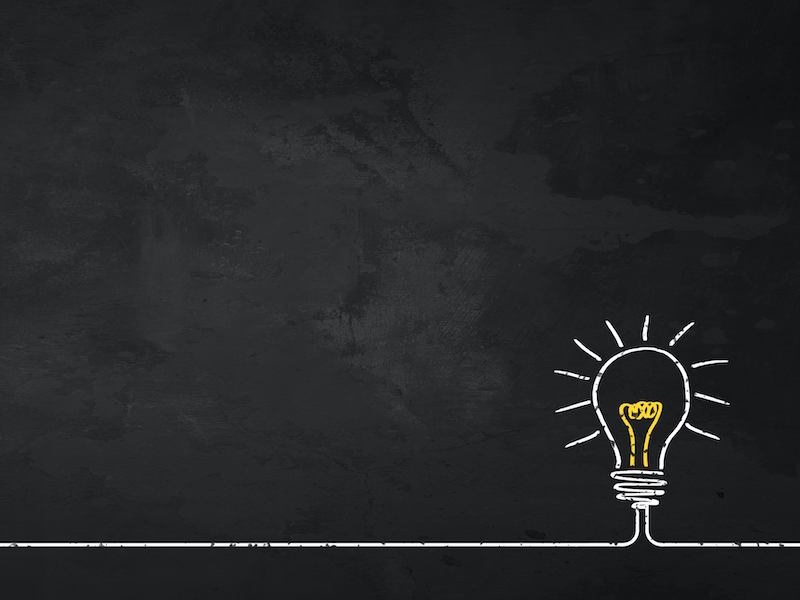
Post-COVID 2019 Academic Pointers: On Social Innovation, Engaged Scholarship, and Learning Leadership
Given a changed context, academic efforts must increasingly rely on evidence-based, scientific knowledge. To ensure its relevancy, we must also ask: What does it mean anyway? This question becomes even more important as wicked problems increase exponentially in nature, scope, and impact.

Why Crisis Leadership Can Be a Missed Opportunity for Change
A crisis is not a good time for change. Or is it? In times of crisis, leaders often aim to restore stability as quickly as possible. This is understandable. However, a crisis can also be used as a starting point to deeply explore new ideas and approaches that may be more effective and sustainable in the long run.

Leadership and a Positive Peace: Losing Battles but Winning the War
The COVID-19 pandemic has laid bare our vulnerabilities, divisions, falsehoods, and brutal inequalities. These deep divides and holes in the fabric of our societies weaken our resolve for peace and lead us to question what it is about our cultures that creates so much room for insecurity and what role better leadership might play.
